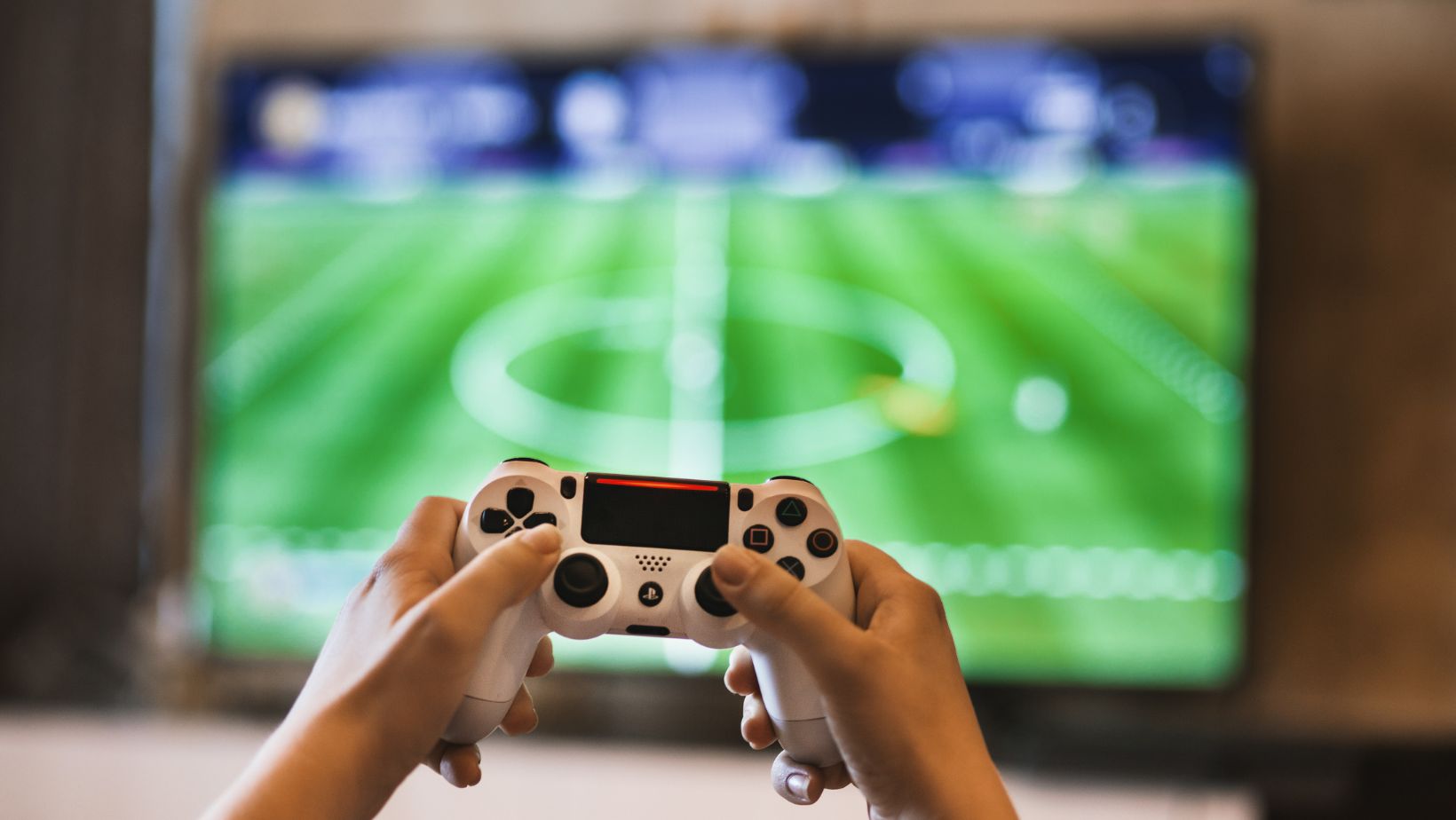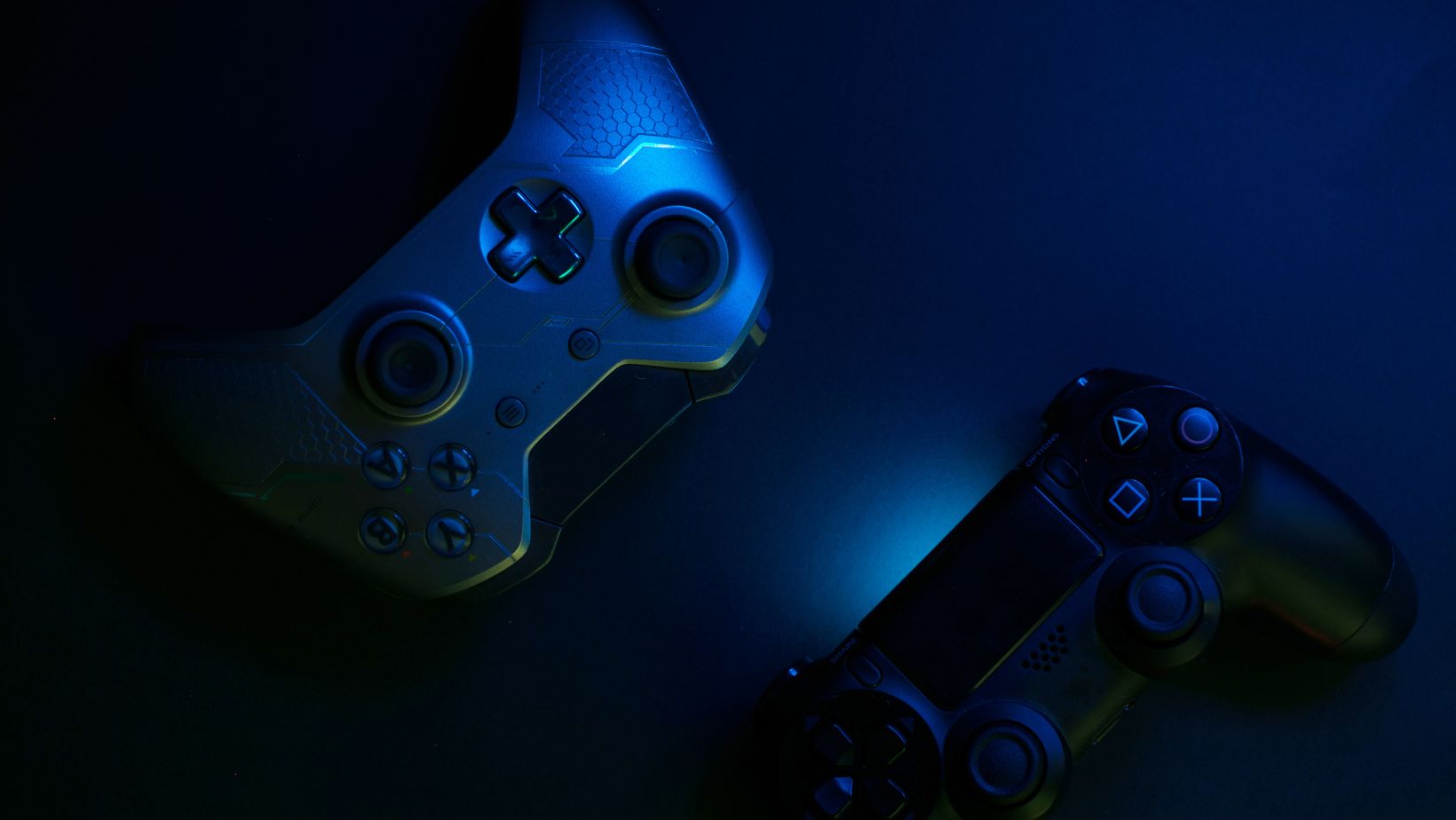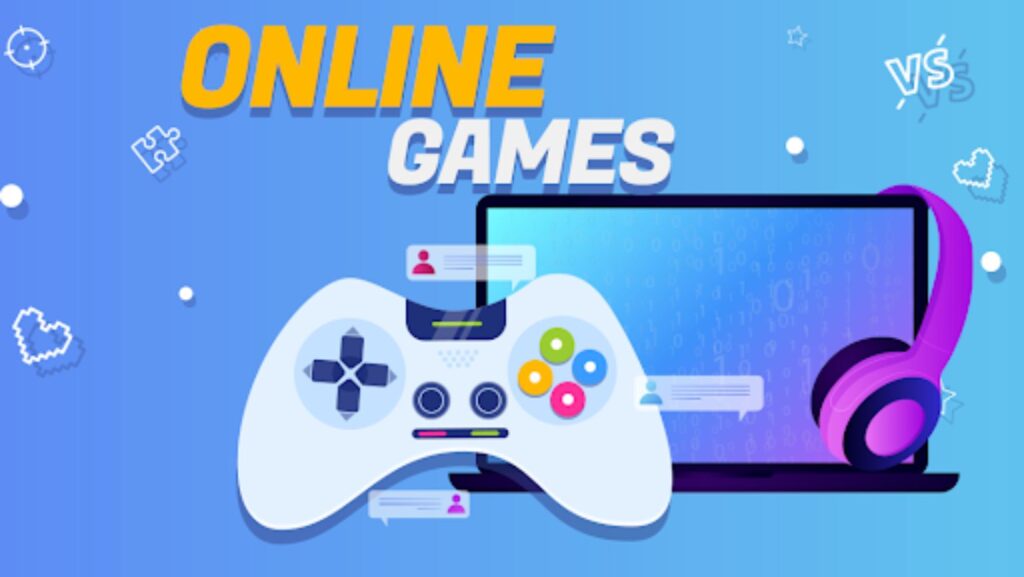It’s easy to look at Mahjong Deluxe and assume you’re about to enter a whirlwind of complex rules and arcane tile combinations passed down through centuries of tradition. But take a breath. This isn’t the four-player, betting-table version of Mahjong your uncle might play in Chinatown. This is something else entirely — a meditative, digital twist on a classic — and once you get past the aesthetic confusion, you’ll find one of the chillest online games on your device.
Whether you’ve downloaded it on mobile, picked it up in a Steam bundle, or found it sitting quietly on the Nintendo eShop, Mahjong Deluxe offers a clean, beginner-friendly take on Mahjong Solitaire. And this guide is here to get you started without needing to Google, “what even is a bamboo tile?”
Mahjong Deluxe Isn’t Traditional Mahjong — And That’s Okay
Let’s get this out of the way first: Mahjong Deluxe is not the same as traditional Mahjong. You’re not going to be building melds, drawing from a wall, or yelling “Pung!” at your friends.
Instead, Mahjong Deluxe is based on Mahjong Solitaire — a tile-matching game that dates back to early computer platforms in the ’80s and picked up serious steam in casual PC and mobile markets. Think of it like a spatial puzzle: your goal is to match pairs of identical tiles and clear the board.
That’s it. But don’t let the simplicity fool you — this rabbit hole goes deep, especially once the tile layouts start stacking like visual Jenga.
First Things First: Where to Play and What You’ll See
Mahjong Deluxe is available across PC (via Steam), iOS and Android, and even on Nintendo Switch. Installation is painless — no accounts, no online requirements, just download and start matching.
Once you’re in, the game will usually present a main menu with options like:
- Classic Mode (relaxed play)
- Adventure/Level Progression Mode (structured unlocks)
- Settings (tile sets, backgrounds, audio)
The interface is clean. You’ll see a board full of layered tiles, a tile counter, a timer (sometimes optional), and three important tools: Hint, Undo, and Shuffle. Don’t rely on them too much early on — we’ll explain why later.
The Basics: How to Play Like You Know What You’re Doing
Here’s the core mechanic: match pairs of identical tiles to remove them from the board.
But there’s a catch — you can only select tiles that are:
- Not covered by any other tile, and
- Free on at least one horizontal edge (left or right).
That means you can’t match a tile that’s wedged between two others or one buried under a pile. Mahjong Deluxe is essentially a 2.5D logic puzzle where you need to think ahead — every match opens or blocks future options.
The tile sets often feature traditional symbols: bamboo sticks, circles (or “dots”), numbers, winds, dragons, flowers, and seasons. They can be visually busy, especially if you’re new to the art style. Thankfully, most versions of the game offer modern, simplified sets if you want to keep it clean.
Winning Your First Game Without Breaking a Sweat
Start with a simple layout — something wide and shallow. Avoid the ornate dragon-shaped boards or spirals until you’re comfortable.
Here’s your first-session walkthrough:
- Scan the top layer for visible pairs.
- Work from the outside in — removing edge tiles often frees up central stacks.
- Use Undo if you accidentally corner yourself, but try not to over-rely on it. This is a pattern game, and patterns are learned through repetition.
- Shuffle if you’re truly stuck — though in many versions this may affect your score or ranking.
Finish your first board? Congratulations. That quiet sense of satisfaction? That’s what keeps people coming back.
Beginner Mistakes You’ll Want to Avoid
Even a relaxing game can frustrate if you’re fighting the system. Here are a few common pitfalls:
- Matching tiles just because you can. Always check to see if removing them limits other matches.
- Ignoring vertical depth. Some tiles may look available but are partially covered.
- Relying on hints constantly. These teach you nothing and remove the joy of discovery.
- Sticking to one side of the board. Balance is key — clear top layers and both edges evenly.

Pro tip: before you match, look at what those tiles are covering. Will that move open more matches or close off options?
Scoring, Level Progression, and What Keeps You Coming Back
Depending on your platform, Mahjong Deluxe might include:
- A star rating system (based on time, accuracy, or moves used)
- Unlockable tile themes or backgrounds
- A level tree that introduces more complicated layouts
Scoring isn’t always the point — especially if you’re playing for relaxation. But if you’re chasing 3-star perfection, aim for:
- Fewer undos
- Minimal shuffles
- Efficient, forward-thinking pair removals
And yes, Mahjong Deluxe supports quick sessions. A single level can take 2–10 minutes, making it perfect for winding down, taking a break, or squeezing in some tactile dopamine before bed.
When You’re Ready for Advanced Play
If you’re clearing basic boards without breaking a sweat, it’s time to graduate.
Advanced tips:
- Mentally map out 2–3 moves ahead. Think chess-lite: “If I remove this pair, will it open something better?”
- Recognize tile “traps” — pairs that look safe but block more useful matches beneath.
- Clear top tiles on vertical stacks first — otherwise you’ll never access lower layers.
- Practice spatial memory. Note what tile you saw buried two moves ago and how you can uncover it.
This is where the real satisfaction kicks in — not from clearing a board, but from solving it efficiently and cleanly.
The Hidden Power of Mahjong: It’s Brain Food
Let’s get a bit nerdy for a second.
Studies like the one published in Frontiers in Psychology (2017) have shown that Mahjong Solitaire — yes, even the casual digital versions — improves working memory and visual-spatial reasoning, particularly in older adults. Think of it like brain yoga. You’re not just playing to pass time; you’re building mental muscle.
It’s also a form of active relaxation. The calm music, ambient click sounds, and gradual visual clearing of the board make Mahjong Deluxe a fantastic anti-anxiety tool.
Looking for More?
Once you’ve got the basics down, you might find yourself hunting for similar puzzle games. Some worthy alternatives:
- Mahjong Journey – Adds a story mode and travel themes.
- Microsoft Mahjong – Classic Windows polish with daily challenges.
- Zen Match – For a more meditative, match-three vibe.
You can also explore YouTube for layout strategies or find Steam discussions where veteran players share which boards are the most satisfying to clear.
Final Thoughts: Relax, Match, Repeat
Mahjong Deluxe doesn’t need to scream for your attention. It won’t ping you with notifications or demand 20-minute matches. What it offers instead is quiet mastery — the kind that slowly builds as you begin to recognize tile positions at a glance, plan a few steps ahead, and feel that final satisfying click as the board empties.
So go ahead. Match a few tiles. Clear a board. And enjoy the quiet power of doing something that’s both simple and deeply rewarding — no high score required.


